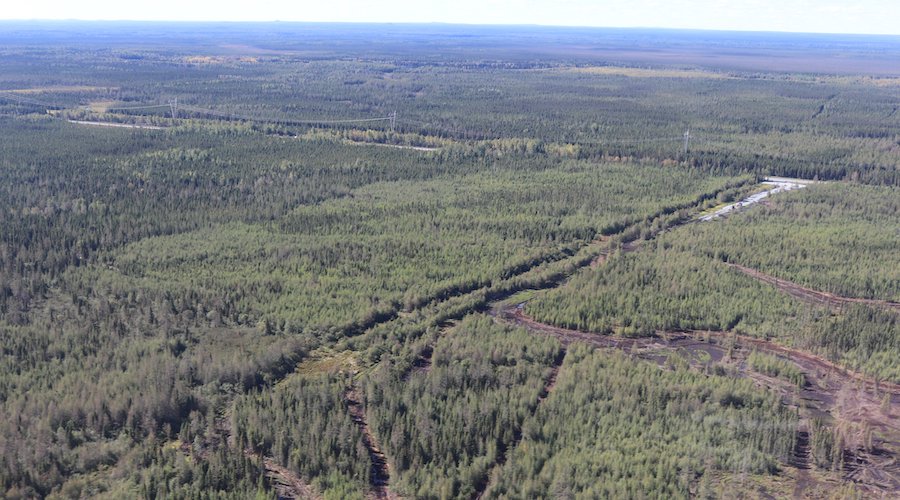Canada Nickel reports high nickel recoveries at Reid project


Canada Nickel’s (TSXV: CNC; US-OTC: CNIKF) first metallurgical test at Reid, an ultramafic nickel project near its flagship Crawford nickel sulphide project in Ontario, returned a head grade of 0.35% nickel, 0.10% sulphur and 6.2% iron.
The company said the initial open pit circuit test was done on a sample from the higher-grade area of the Reid property, 16 km southwest of Crawford and 37 km northwest of Timmins.
The sample achieved a nickel recovery of 63%, iron recovery of 31% and chromium recovery of 0.27%. The final nickel concentrates had a combined nickel grade of 46% and cobalt grade of 0.27%, while the magnetite concentrate had an iron grade of 55% and chromium grade of 3%. In addition, over half of the recovered nickel is reported to have a nickel sulphide concentrate 60%.
The company said the sample was also tested for its potential to transfer the metallurgical process at Crawford to the Reid ultramafic nickel mineralization. The company said it used a standard test process from the Crawford feasibility variability program, including grind sizes, reagent dosing strategies and flowsheet layout.
“As expected,” the company stated in a press release, “the nickel in the flotation circuit was recovered to a high grade concentrate due to the dominance of higher nickel tenor heazlewoodite mineralization.”
According to the company, Reid contains an ultramafic body with a target geophysical footprint of 3.9 sq. km compared to Crawford’s 1.6-sq.-km footprint. Earlier this year Canada Nickel reported drill results from a 16-hole program at Reid. Highlighted intervals included 54 metres grading 0.30% nickel, 0.01% cobalt, 0.021gram palladium per tonne, 0.007 gram platinum per tonne, 0.73% chromium, 7.36% iron, and 0.07% sulphur starting from 369 metres in drillhole REI22-06.
The results of the drill program, Canada Nickel noted, “show that the Reid deposit is approximately 50% wider than the Crawford Main Zone and more than 100% wider than the Crawford East Zone.”
In other news, Canada Nickel also announced it has closed its acquisition of the past-producing Texmont property.
On Mar. 6, the company reported that the first 12 holes (3,204 metres) of an initial drill program confirmed high-grade and near-surface mineralization at Texmont, 36 km south of Timmins.
Highlighted intervals included 5.2 metres grading 2.60% nickel, 0.06% cobalt, 0.265 gram palladium per tonne, 0.226 gram platinum per tonne and 2.46% sulphur starting from 139 metres downhole in TEX22-03, and 4 metres of 2.43% nickel, 0.06% cobalt, 0.246 gram palladium, 0.314 gram platinum, and 2.94% sulphur from 88 metres in drillhole TEX22-06.
The 12 holes are part of a larger program, and Canada Nickel has completed a total of 39 holes (9,670 metres) of drilling. The company says it expects to deliver a resource estimate later this year that will be based on new data and historic drilling. The resource will become the basis “for an open-pit mine plan to support a potential restart by 2025 or provide a source of higher-grade feed for the Crawford nickel sulphide project,” the company said.
Canada Nickel describes Texmont as a “komatiite flow rather than a dunite sill with sections of highly mineralized peridotite and dimensions approximately 1.2 kilometres long by up to 150 metres wide.”
A mine and mill operated on the site from July 1971 to December 1972, then decades later, Fletcher Nickel drilled 28,883 metres at the property between 2006 and 2008.
Over the last year Canada Nickel shares have traded in a range of $1.18 and $3.10 and were trading at $1.42 apiece at noon on Wednesday. The company has about 123 million common shares outstanding for a market cap of roughly $174 million.
Comments